4 posters showing the different types of adaptations.
What is Adaptation – The process which enables organisms to adjust to their environment in order to ensure survival.
Behavioural Adaptations – Actions of an organism that enable them to survive in their environment (e.g. bears hibernate in winter to escape the cold temperatures and preserve energy).
Structural Adaptations – Physical features of an organism that enable them to survive in their environment (e.g. a penguin has blubber to protect itself from freezing temperatures).
Physiological Adaptations – Internal and/or cellular features of an organism that enable them to survive in their environment (e.g. snakes produce poisonous venom to ward o ff predators and to capture prey).
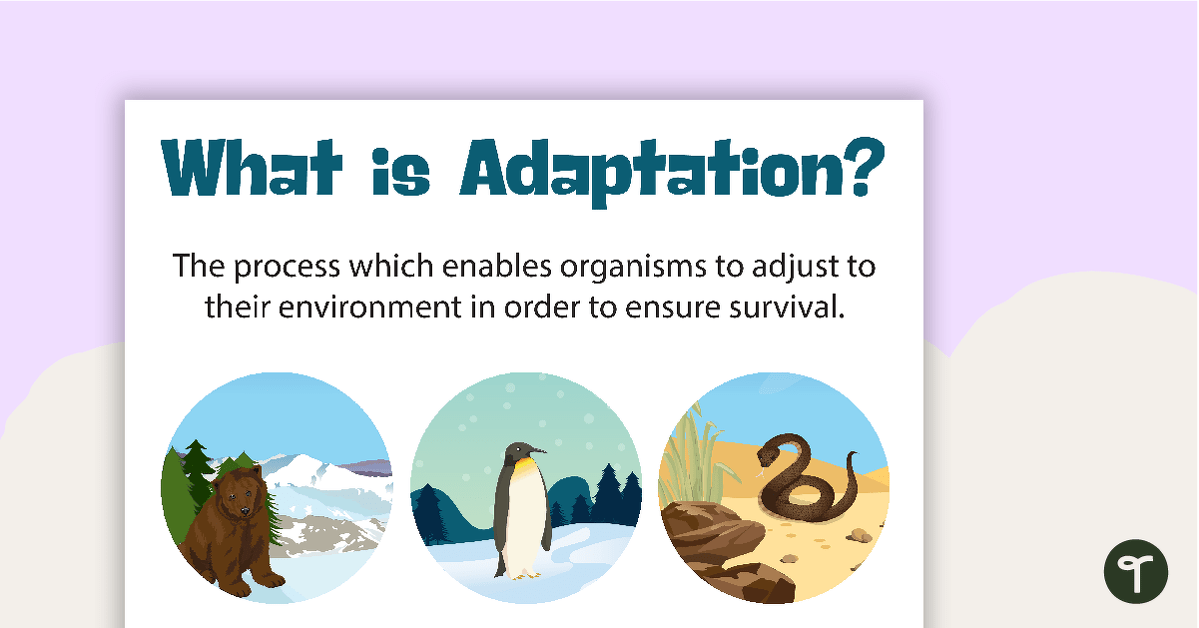
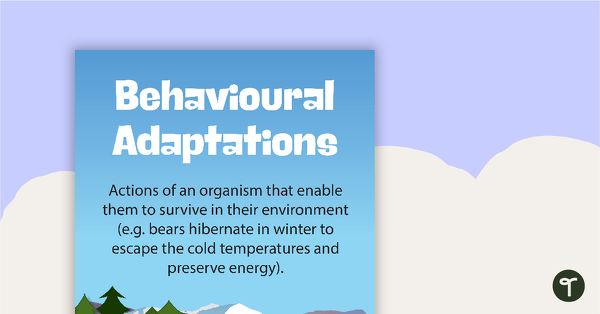
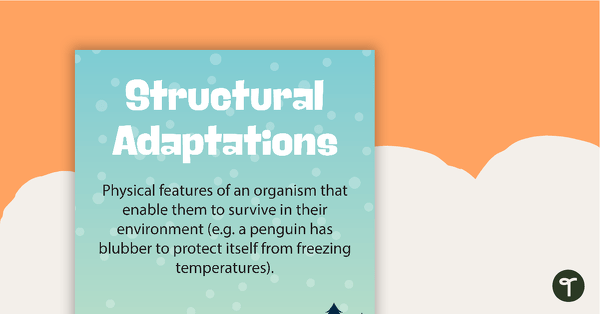
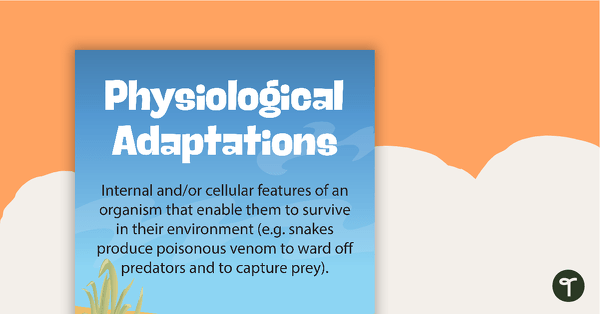



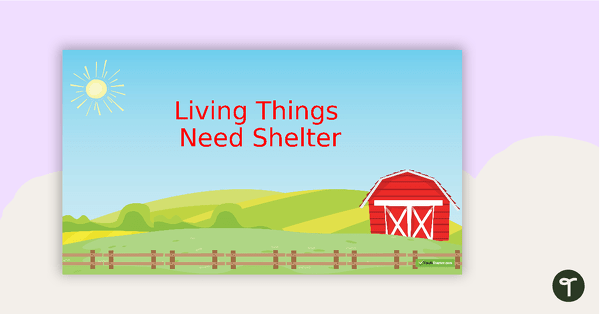
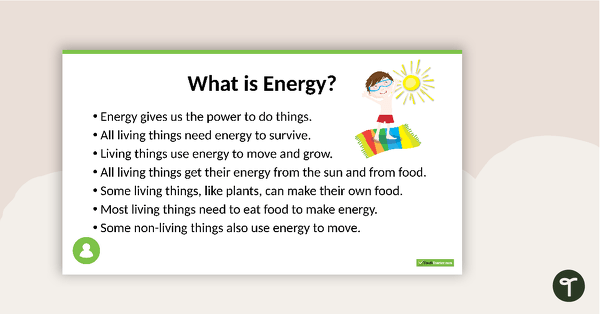

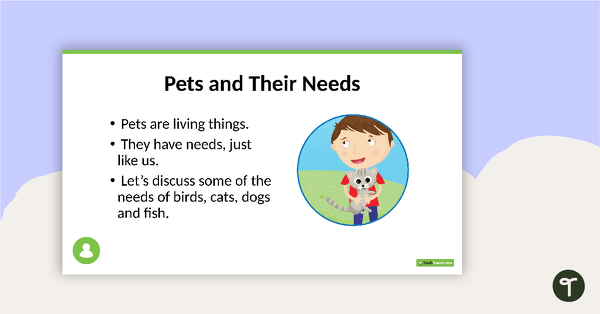



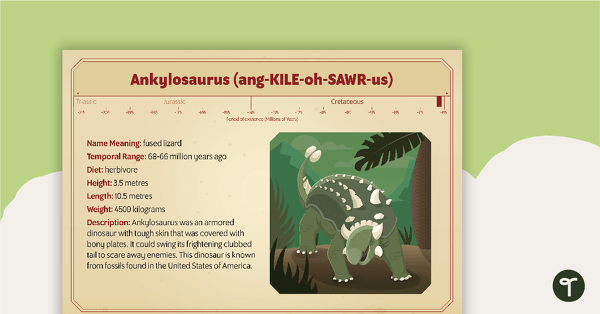
0 Comments
Write a review to help other teachers and parents like yourself. If you'd like to request a change to this resource, or report an error, select the corresponding tab above.